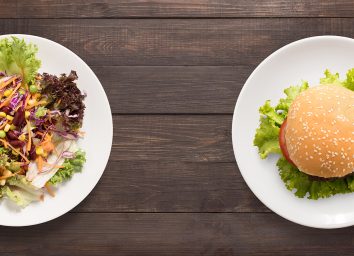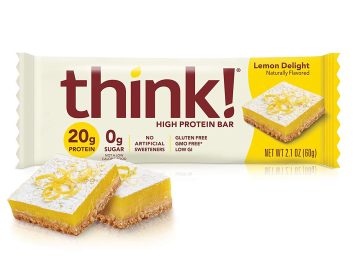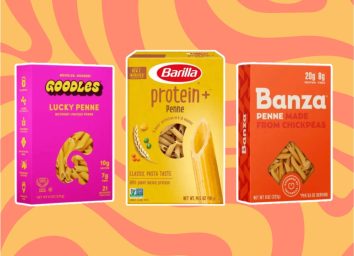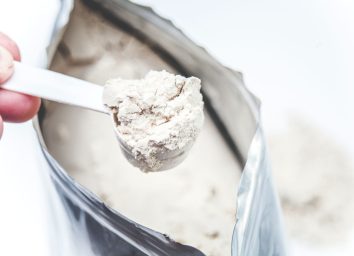The Best Way to Combine Proteins for Your Health, According to a Registered Dietitian
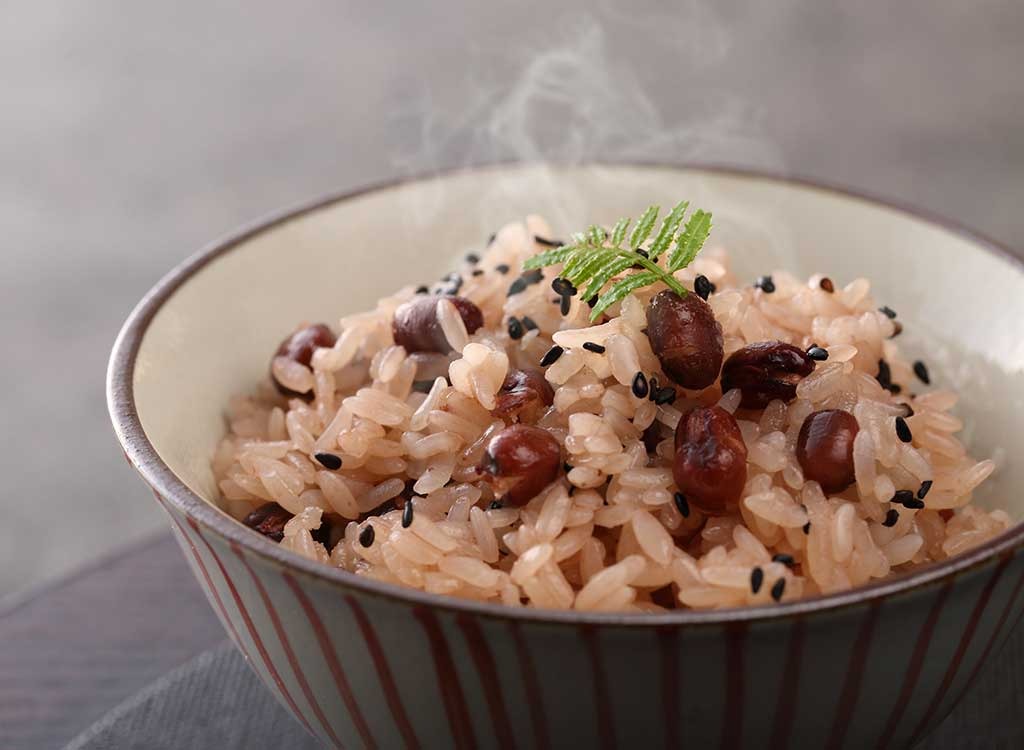
Complementary proteins are two or more foods that, when combined, contain all essential amino acids. Vegan and vegetarians, in particular, may have heard about protein combining and complementary proteins because many vegan and vegetarian protein foods don’t contain all nine essential amino acids like animal-based protein foods do.
There is a common myth that you need to combine complementary proteins together at the same meal in order to get the most benefit; however, experts now know this is not as important as we once thought. That being said, getting a balance of amino acids in your overall diet is still important.
We’ll review the theory behind making complementary proteins, why it’s not as necessary as you may think, and examples of complementary protein meals.
Why is protein an important part of your diet?
A quick refresher: protein is a macronutrient that provides calories and is essential for many, many important functions in your body.
The benefits of eating protein include:
- Muscle repair and growth
- Hormone production
- Fluid balance
- Building tissue within your body
The Dietary Reference Intake is 0.8 grams of protein per kilogram of body weight, or 0.36 grams per pound. Depending on your goals and current weight whilst trying to build lean body mass, protein needs vary per person.
For example, how much protein you should eat per day if you’re trying to lose weight is closer to 1.2 to 1.7 grams per kilogram of body weight in combination with a balanced diet.
What are amino acids?
More than paying attention just to the total grams of protein you consume, it is equally important to get proper representation from the amino acids that make up protein.
Amino acids are the building blocks of protein. Chemically, amino acids are made up of varying amounts of carbon, hydrogen, oxygen, nitrogen, and sulfur.
There are 20 different amino acids. We classify these as either non-essential or essential:
- Essential amino acids: These are amino acids that you can only consume through food and drink. In order to produce adequate amounts of protein in the body, and for that protein to properly serve its important functions, we must consume essential amino acids on a regular basis. The 9 essential amino acids are: histidine, isoleucine, leucine, lysine, methionine, phenylalanine, threonine, tryptophan, and valine.
- Non-essential amino acids: You don’t have to consume non-essential amino acids through your diet because your body can produce adequate amounts. The 11 non-essential amino acids are: alanine, arginine, asparagine, aspartic acid, cysteine, glutamic acid, glutamine, glycine, proline, serine, and tyrosine.
What is a complete protein vs. incomplete protein?
Essential and non-essential amino acids are intimately connected to the definitions for complete and incomplete proteins.
- Complete protein: A complete protein is a single food source that contains all 9 essential amino acids. These protein foods can be a whole food, protein powder, or supplement.
- Incomplete protein: An incomplete protein is a food source that may contain some essential amino acids but lacks others.
What foods are complete proteins?
Animal-based foods (milk, eggs, fish, meat, etc.) have long been the most popular form of complete protein. However, as plant-based diets have risen in popularity so too have plant sources of complete proteins.
Examples of vegan complete protein foods include:
- Ancient grains, like quinoa and amaranth
- Buckwheat
- Chia seeds
- Hemp seeds
- Soy products (edamame, tofu, tempeh, soymilk)
Examples of complementary protein meals:
Because not all proteins are created equal when considering amino acids, you ensure the proper balance of amino acids through complementary proteins. This is a concept that combines two incomplete proteins at the same meal in order to provide all 9 essential amino acids.
Examples of complementary proteins include:
- Rice and Beans: The most classic example of combining proteins is rice and beans. Rice protein is high in the amino acids cysteine and methionine, but low in lysine. Bean protein is low in the amino acid methionine.
- Peanut butter and whole wheat bread: Like beans, peanut butter is low in methionine but high in lysine. Smear peanut butter on whole wheat bread to make a complete protein as whole wheat bread is low in lysine but rich in methionine.
- Hummus and pita: Garbanzo beans are high in lysine but low in methionine, and tahini (a sesame seed paste) is a rich source of the amino acid methionine. Combine the two together makes a complementary protein food: hummus.
- Salad Topped with Beans and Seeds: You’re getting the idea. What many beans lack, grains and seeds make up for. Have a spinach salad with chickpeas and sunflower seeds to make a complete protein meal.
Is it important to make complementary proteins in one sitting?
The traditional view on this was, yes, you must combine complementary proteins together, at the same meal, in order to get the most benefit.
Now, after more research, we know this is not as important as we once thought. Rather than paying attention to the tediousness of combining the correct complementary proteins at each meal, it is more important to consume of variety of protein options each day and across each week.
As long as there is adequate variety and volume of food, anyone relying on plant-based protein to consume complete proteins will fare well.
Are vegans at risk of consuming too little of one amino acid if they’re not consuming complete protein foods?
Anyone consuming an omnivorous diet has little to worry about as far as essential amino acids go.
Those who follow a vegan diet with no animal products are more likely to be missing amino acids; however as long as there is mindfulness surrounding complementary proteins, choosing a variety of plant-based proteins each week or using a plant-based protein powder that contains all of the essential amino acids, amino acid intake will likely be sufficient.
Summary
No matter your eating style, variety is beneficial. Whether paying attention to vitamins, minerals, antioxidants, or in this case, essential amino acids, consuming a variety of foods in proper amounts will reduce the likelihood of any nutrient deficiency.
If making complementary proteins at each meal helps you achieve this, then it’s worth trying; however, it’s not necessary.
